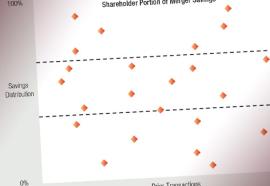Monitor for the Monitors?
As the guy who is constantly analyzing the value of electricity and its cost to consumers, some would say ad nauseam, this thing for monitors got my attention. I mean, with the greatest respect for those wanting monitors, to put another check on one of the most effective monitoring systems ever devised by man (our utility regulatory process), really?









